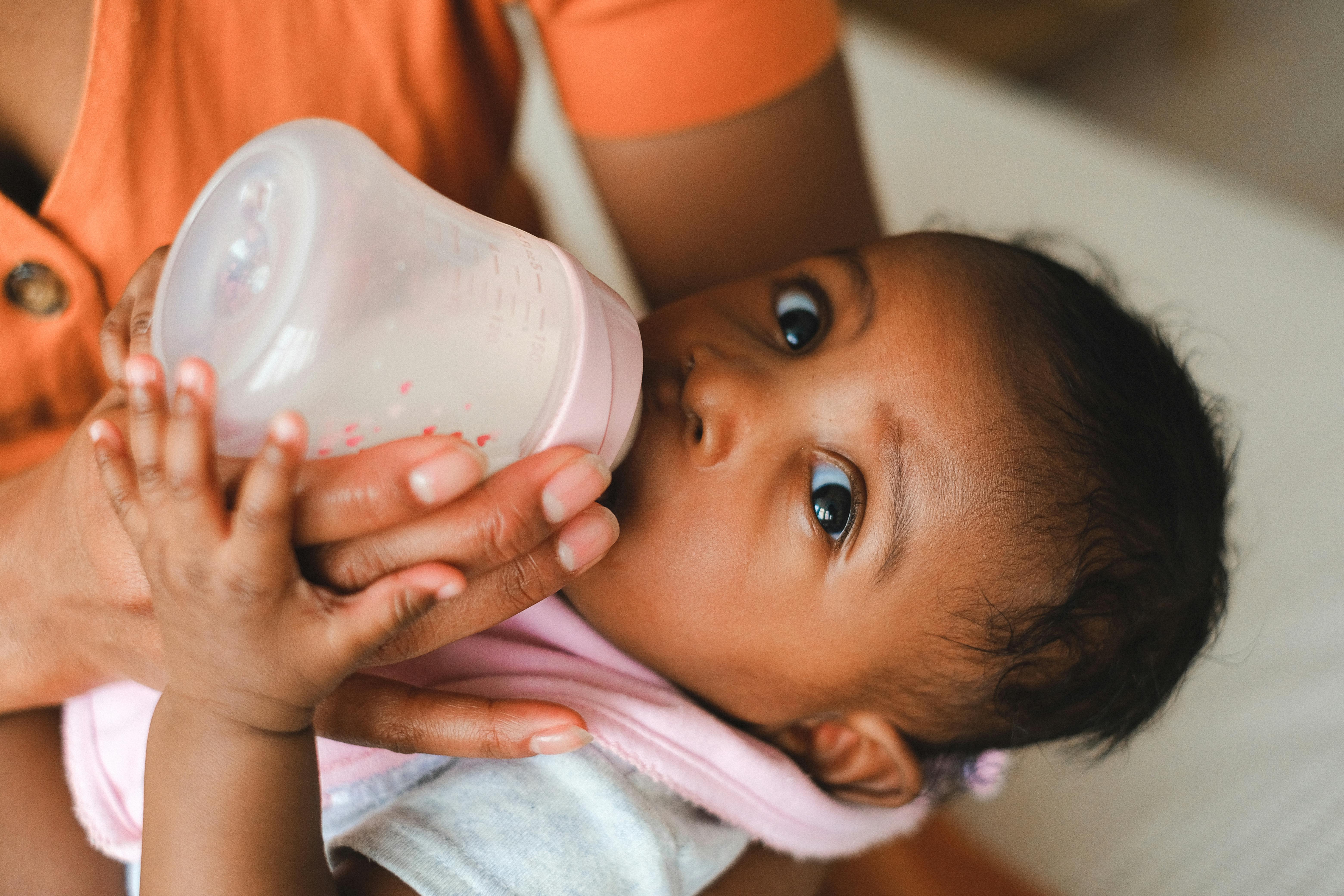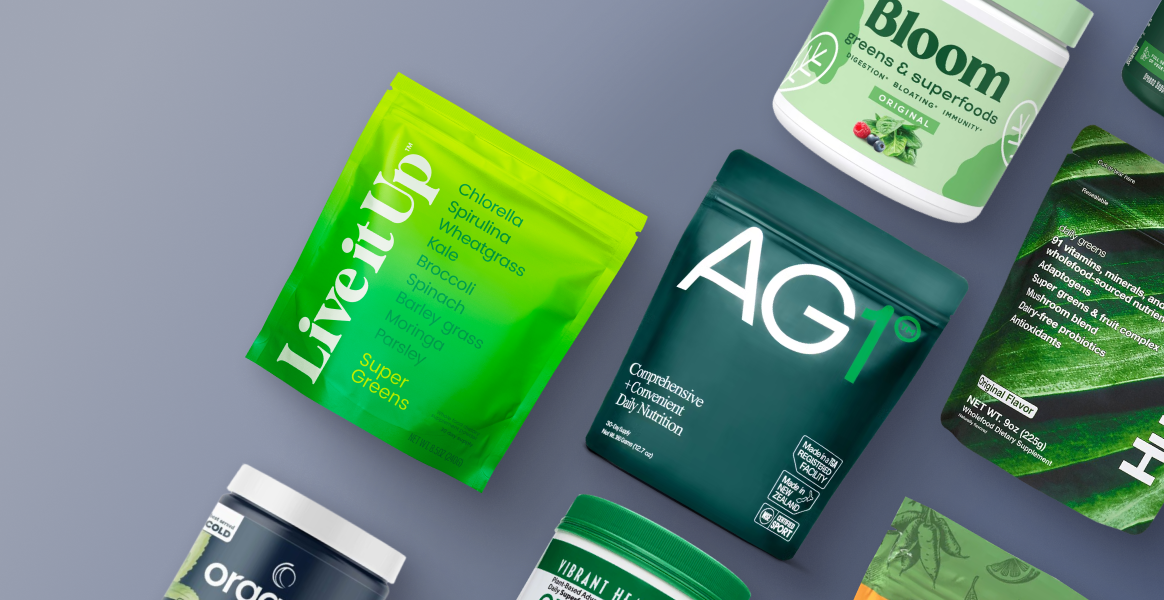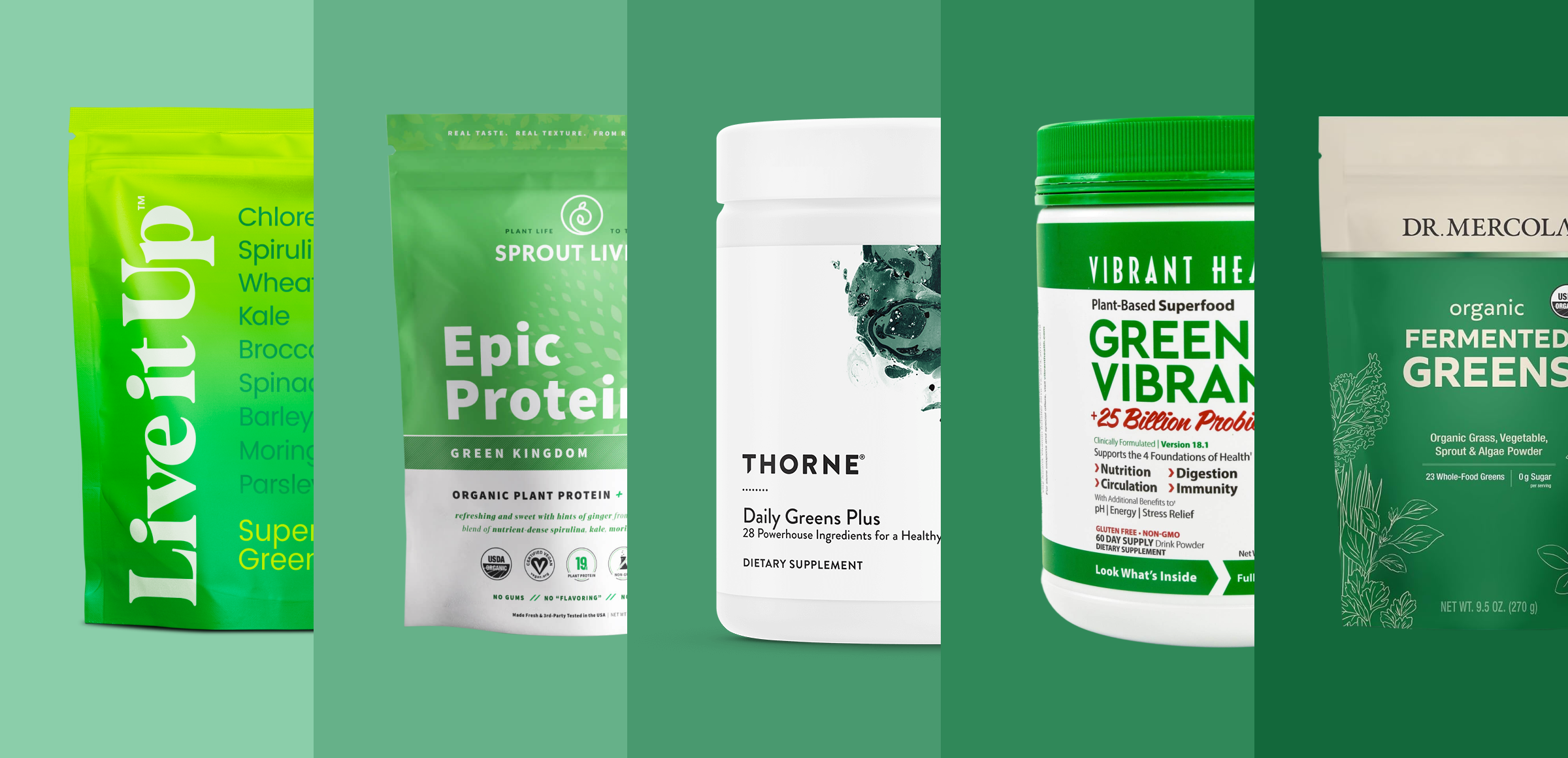Before your sweet baby arrived, you may have imagined them snuggled up, contently feeding from a bottle or from the breast. Infants require frequent feedings, and that time is essential for nutrition, but also bonding. However, when your little one consistently refuses their bottle, it can be (justifiably) distressing for parents, raising concerns about their child's well-being and feeding habits. Read on to learn more about bottle aversion, the steps you can take, and how to nurture a positive feeding relationship.
Understanding Bottle Aversion
What is Bottle Aversion?
A bottle aversion is a repeated refusal of formula or breast milk feeds that are offered in a bottle. It is worrisome in infants when they:
a) Consistently take less milk than expected in a 24 hour period
b) Only drink when asleep/sleepy
c) Are not gaining weight as expected or losing weight
Is Feeding Aversion Common?
More broadly, a feeding aversion can refer to both bottle (or breast) feeding as well as feeding with solid foods. “Aversion” means that there is some level of dislike or disgust, but oftentimes there can be a level of fear as well. This fear may come from past negative feeding experiences, physical pain or discomfort, sensory processing, or lack of physical skills to safely eat (a chewing or swallowing difficulty).
Pediatric Feeding Disorder is a medical diagnosis that takes into account a child’s physical ability (oral motor skills and sensory needs), medical background, nutritional status, and family/psychosocial role of feeding. It is estimated that Pediatric Feeding Disorder affects more than 1 in 37 children under age 5 in the United States each year.
What Causes Bottle Aversion?

Causes of bottle aversion can be complex, and every child and family is different. Below are some factors that can contribute to bottle aversion.
Feeding Practices:
This refers to how the caregivers offer the bottle and respond to the baby's cues of hunger or fullness.
If a baby is forced to take the bottle when they are pushing it out and showing the caregiver they are done, they may develop an aversion to the bottle. This is a tricky cycle since naturally, the caregiver wants and needs the infant to take the bottle.
Underlying Pain:
Cow’s milk protein allergy, acid reflux, constipation, or other gastrointestinal issues can contribute to bottle feeding aversion if not treated.
Poor Suck/Swallow Coordination:
Infants who are not able to properly handle the flow of their bottle, or have dysphagia (the milk is going towards or into their lungs instead of their stomach) may develop bottle aversion. This can look like fluid constantly leaking from their mouth or coughing during feeds. Consult with your Pediatrician if you are concerned about this, and ask for a Pediatric Feeding Specialist to evaluate.
Sensory Considerations
Sensory processing differences can profoundly influence infants' feeding preferences, encompassing factors such as nipple size, feeding positions, or environmental stimuli. Seeking guidance from Occupational Therapists specializing in pediatric feeding can offer valuable insights into adapting feeding approaches to accommodate sensory needs.
Why Do Babies Reject Their Bottles Suddenly?
At birth, babies have a natural reflexive suck (sucking automatically at the breast, bottle, pacifier), but this starts to shift between the age of 2-4 months to a voluntary suck. Meaning, that if bottle feeding is unpleasant, difficult or painful, they may start to reject the bottle around this age.
If the baby's feeding cues are not honored, they may start to resist the bottle. Practices such as holding the baby’s head in place (so they cannot turn away), “chasing” their mouth with the nipple, trying to trick them into taking a bottle, or spending an extended time (typically over 30 minutes) at a feeding can all lead to bottle aversion.
Identifying Bottle Aversion in Your Baby
Common signs to look for:
- Repeated refusal of feeds, seeming content despite not drinking a bottle for hours
- Turning away or spitting out the bottle after a few sips
- Taking less than expected amounts of milk daily for their age
- Only eating from the bottle when asleep (when their nervous system is relaxed)
- Poor growth or weight gain
Assess the situation
All children have days and feedings that they may take less than their typical volumes, or be uninterested in eating. However, if feedings are consistently becoming difficult, and you find yourself dreading the next feed or worried about their nutrition, it is time to seek help.
Pay attention to your own feeding practices.
- Are you expecting your baby to eat more than their recommended intake?
- Are you following their cues to stop the feeding when they are done (turning away, falling asleep)?
- Are bottle feedings spaced apart appropriately or is the baby being fed too often?
Rule out pain and/or swallowing difficulties.
This may need to be discussed with your Pediatrician, Pediatric Dietitian, and/or Feeding Therapist (Speech or Occupational). Treatment will be tailored to your infant, and can require a multidisciplinary team (MD, RD, SLP, OT) since feeding is multi-faceted.
Look out for cues from your baby
When taking a look at our own feeding practices as caregivers, we want to ensure we are practicing “Responsive Feeding”. For bottle (or breast) feeding this means being attuned to the baby's hunger and fullness cues. This can take some time in the first weeks as you are getting to know your infant and their cues.
Some cues to look out for:
- Hunger cues such as:
- Bringing hands to mouth
- Turning toward the bottle or breast
- Smacking lips
- Clenched hands
- Fullness cues such as:
- Closes mouth
- Turns away from bottle or breast
- Relaxed hands
Never force the infant to take the bottle or breast when they are showing you that they are done. This can worsen the cycle of bottle aversion.
Adjusting to Your Baby's Preferences

Choosing the Right Bottle Nipple for Your Baby's Mouth
Just like human breasts, infant bottles come in all shapes and sizes. If your child is gagging or struggling with a bottle, it may be worth trying a different brand. Gagging with a longer nipple may be a sign they need a shorter nipple. An infant who is losing milk from their mouth with a narrow nipple may need to try a wider nipple for them to close their mouth around.
Flow rate is another factor to keep in mind when choosing a bottle or nipple to feed with. If baby is getting frustrated at the bottle and seems to be sucking quite hard but not emptying the bottle, they may need the next size up in flow. Conversely, if milk is leaking from baby's mouth, they are gagging or coughing on the milk, they may need a slower flow rate.
When making changes to feedings such as bottle type, it is best to make one change at a time. Give your baby a few days to let them adjust before making more changes.
Baby Feeding Position
The position in which you feed your baby can greatly impact their comfort and willingness to take a bottle. Some babies prefer being held in a more upright position, which can help reduce the risk of reflux and make swallowing easier. Others may do better in a more reclined position that mimics breastfeeding. Experiment with different positions such as cradling your baby in your arms, holding them in a more seated position on your lap, or even using a feeding pillow for added support. Finding the right position can make meal time more comfortable and enjoyable for both you and your baby.
Feeding Time
Creating a calm and consistent feeding time routine can also help your baby accept the bottle more readily. Try to feed your baby in a quiet, distraction-free environment to help them focus on eating. Pay attention to your baby's natural feeding schedule and try to offer the bottle when they are most likely to be hungry but not overly tired or upset. Keeping timing consistent can help your baby establish a routine and may reduce resistance to bottle feeding.
If You're Transitioning From Breast to Bottle Feeding
When dealing with bottle aversion, it's crucial to focus on the overall bottle feeding experience. Pay attention to the baby’s cues and ensure they are comfortable during the feed. Avoid pressuring them to take the bottle, as this can create negative associations with bottle feeding. Introduce the bottle gently and allow the baby to explore it at their own pace. Incorporate plenty of breaks if the baby seems overwhelmed or frustrated. Sometimes, alternating between breastfeeding and bottle feeding can help ease the transition and reduce resistance. Additionally, try to maintain some elements of the breastfeeding routine, such as skin-to-skin contact or the feeding environment, to create familiarity and comfort during bottle feeding.
Dealing with Bottle Aversion: Tips for Parents

Patience and Persistence
Infants are incredibly smart and adaptable little humans. They can sense our tension and stress, so it is important to try to stay calm and relaxed during feeds. If you are tense and concerned about how many ounces they will drink, the baby will pick up on that tension and may not be relaxed for a feeding (again, worsening that cycle!). Of course, this can be easier said than done, so paying attention to your own cues and asking for help from family or friends when you need a break is also important.
Alternative Feeding Methods
It is not uncommon for breastfed babies to prefer their mothers breast and refuse a bottle. But if bottle feeding is a necessity, consult with a Pediatrician, Pediatric Dietitian, Lactation Consultant, or Feeding Therapist to customize a plan for you.
If the bottle aversion is not improving, depending on the infant’s age and growth status, they may be able to start liquid from a cup. This also requires guidance from your Pediatric Feeding professional, as infants need the majority of their nutrition to be breastmilk or formula until 12 months of age.
When to Consult a Pediatrician or Nutritionist
If you are dreading feeds, feel like you are fighting with your infant to drink, are only able to feed your child when they are asleep, or are concerned they are not getting enough nutrition, it is time to reach out for help. Pediatricians, Pediatric Nutritionists, Lactation Consultants, and Speech or Occupational Therapists are all professionals that can help.
Bottle aversion is a stressful scenario, but there are professionals who are well versed in how to help. You are the expert on your own child, so follow your gut if you think your child may be in pain or struggling with swallowing. Paying attention to your infants hunger and fullness cues is also vital. Infants may take different amounts of formula or breastmilk at feeds, and that is normal. Overall, if you are concerned with their intake or growth, consult with your Pediatrician or Pediatric Nutritionist.












.jpeg)





